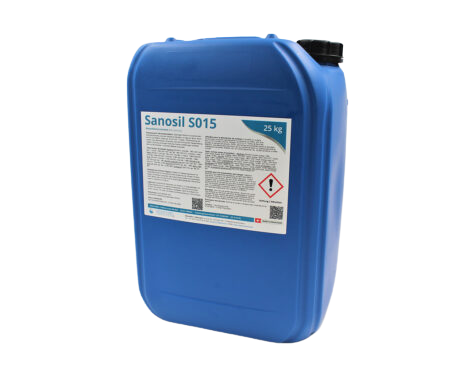Disinfection of laboratory wastewater / liquid waste
Depending on the bio-safety category of the microorganisms worked with in laboratories, contaminated wastewater and cell culture supernatants must be inactivated accordingly before disposal via the sewage system.
This is done in accordance with legal regulations to protect the environment from any pathogenic or genetically modified organisms. This is always done by autoclaving the waste water or by a similar thermal treatment. However, if chemical disinfection or inactivation methods can ensure a comparable effect, these can also be dispensed with.
OFFICE OF WASTE DISPOSAL – LEAFLET
S015 DISINFECTION OF LABORATORY LIQUID WASTE
Disinfection / inactivation of laboratory liquid waste: Statutory regulations
The inactivation of microbiologically contaminated waste is a key aspect in minimising the escape of organisms from the laboratory and eliminating any risk to humans and the environment. The Containment Ordinance (ESV) requires as a condition that organisms must be harmlessly disposed of in the case of Class 1 activities and inactivated in the case of Class 2-4 activities.
Autoclaving may not be necessary for safety levels 1-3 if cultures, accumulations of microorganisms and any contaminated waste can be inactivated on site (levels 2 and 3) or disposed of harmlessly (level 1) by chemical inactivation with comparable effect.
Liquid waste inactivation: Individual validation of the method(s)
However, since liquid waste can vary depending on its chemical composition, number and type of microorganisms, the chosen method (with/without autoclaving, appropriate dosage and contact time, etc.) must always be validated individually. Our information on the application of Sanosil S015 for the disinfection of cell cultures and liquid waste is based on well-founded tests and practical experience, but may deviate in individual cases.
Sanosil S015 : Boosted hydrogen peroxide for disinfection of cell cultures and laboratory waste water
Sanosil S015 is a proven disinfectant for water and water system disinfection as well as inactivation of waste water and liquid waste (Pt 2.4). Sanosil S015 for the disinfection of liquid laboratory waste is relatively easy to handle: Not a hazardous material, non-flammable, does not cause foul-smelling vapours and is not subject to any special storage or transport regulations.
It can be autoclaved in application concentrations, can be disposed of via the sewage system (AWEL list cat. A) and is therefore very well suited for the chemical inactivation of liquid laboratory waste.
Hydrogen peroxide is used as the active ingredient, which is additionally stabilised and its disinfecting effect is catalytically enhanced many times over by a minimal amount of silver ions. This process can increase the disinfecting effect by up to 800%.
The hydrogen peroxide decomposes completely into water and oxygen after use and therefore pollutes the sewage treatment plants or the environment much less than e.g. quaternary ammonium compounds or aldehydes. In contrast to chlorine-containing products, no trihalomethanes / AOX are formed with Sanosil S015. This makes Sanosil S015 an ideal product for the disinfection of laboratory wastewater.

